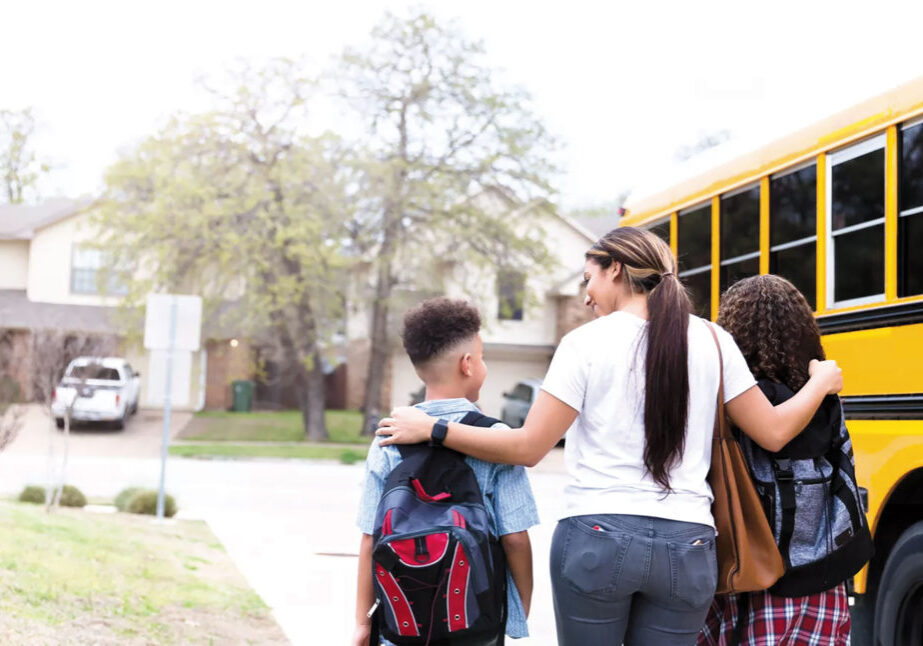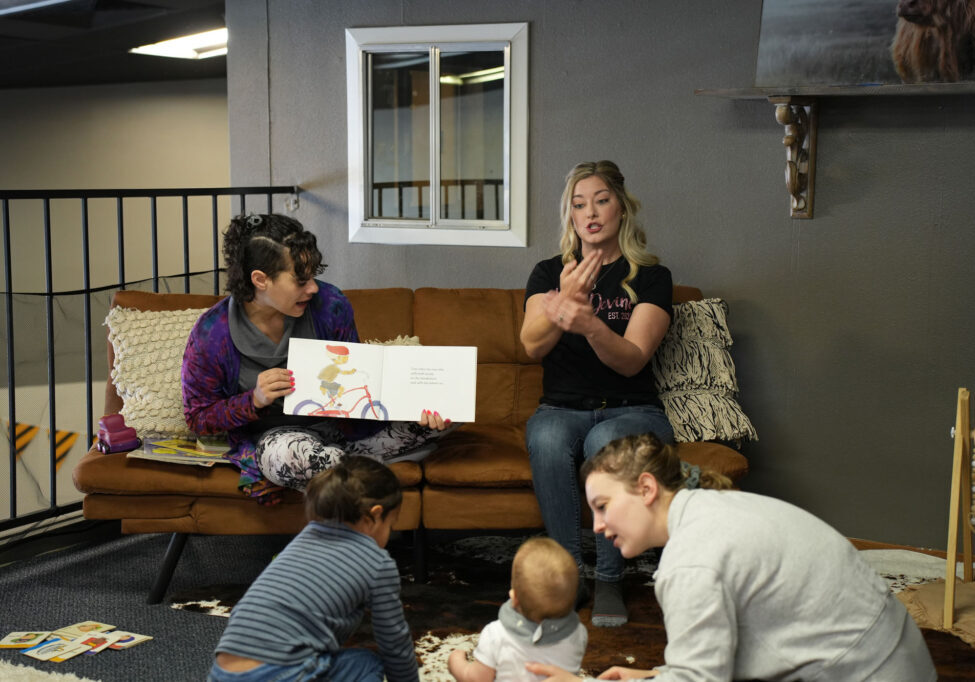“Can I have a piece of candy?’ My daughter asked me one morning, right after breakfast. “No, we aren’t going to have candy right now. It’s too early,” I said.
What followed was not my best mom moment. She kept asking for candy and I kept saying no. The scene ended with my daughter trying to climb onto the counter to reach the candy. I took her to her room, she cried for several minutes and we both ended up tired and frustrated.
Getting your child to accept no
I’ve since learned a few good ways to get your child to accept “no” and move on:
Give a short explanation
Amy Cameron, a mother of three, says “When I tell them ‘no’ I usually give them a why. I think they’re more likely to accept my answer when they understand.” Make sure your answer is short and to the point. If your child asks for a new toy the answer can simply be “No, we can’t afford to buy a new toy today.” If your child says something like, “All my friends have one,” stay firm: “I said no.”
Be consistent
By giving in after you say no, you are teaching your child that you can be worn down if they are persistent enough. “Consistency is key.” says Janelle Waldron, mom of five. “If I say no, I don’t change my mind. I also try to take my time answering. That way I don’t say no too quickly, and I can make a better decision.”
Talk later
After the fact, sit down and let your child know that when you have made a decision, it is final and you will not change your mind no matter how much pleading and pestering they do.
This is also a good time to explain why you say no to things. This might be because the activity is not safe, they are not old enough, you cannot afford it, it is not healthy, it goes against your family beliefs or values.
Keep your discussion calm and listen to your child
Let them know you understand why they are upset with your decision and let them know you will not be changing your mind. Give healthy suggestions to help your child deal with their anger in the future. Some ideas could include suggesting they go to their room and calm down, take a walk, scream into a pillow, or do something they enjoy like reading, drawing, or building Legos. Keep the discussion positive and if it starts to get heated, walk away.
It is easier to start the “no means no” training process at a young age, but you can start it at any stage of parenting. Training can take months or years as your child pushes the limits and tests you for inconsistency. Parenting is always a challenge but raising a child that understands healthy boundaries and safety is worth it.
Posted in: Birth and Toddlers, Youth & Teen
Comment Policy: All viewpoints are welcome, but comments should remain relevant. Personal attacks, profanity, and aggressive behavior are not allowed. No spam, advertising, or promoting of products/services. Please, only use your real name and limit the amount of links submitted in your comment.
You Might Also Like...

Different Sports for Different Kids: Getting Children to Develop a Lifelong Love of Physical Fitness
At a time when being hooked on smartphones is prevalent in our society, it’s more important than ever to help children (and adults) make physical fitness a priority. But how […]

Rock Climbing Basics In The North State
Rock climbing is a growing sport in the US and with its introduction at the 2020/2021 Summer Olympics in Tokyo is now a major competitive sport. But many people also […]

North State Teens Making a Difference in Their Communities
Studies have shown that teens who volunteer and do community service gain a sense of responsibility, learn empathy for others, and have increased self-esteem. It’s a chance to explore interests […]

Why I’m Taking 5 Minutes With My Teens
I still walk to the bus stop with my ninth-grade boy/girl twins. Before you assume that I’m a helicopter, snowplow, lawnmower or some other type of machinery parent, please let […]




